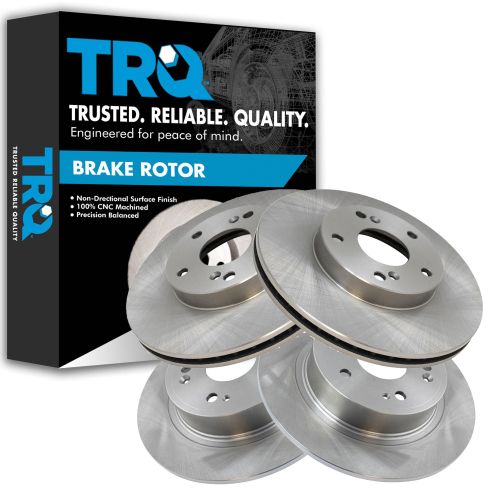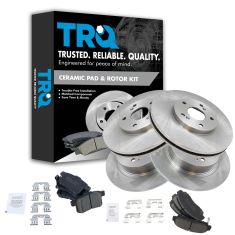1ABFS03194-Honda Accord Acura TSX Front & Rear 4 Piece Brake Rotor Set TRQ BRA13876

Replaces
2010 Acura TSX Front & Rear 4 Piece Brake Rotor Set TRQ BRA13876

Product Reviews
Loading reviews
5.00/ 5.0
2
2 reviews
Great product!
August 5, 2020
No brakes with it which is my mistake but great product
Definitely a one stop website
August 22, 2020
What a great website easy to navigate prices were awesome
Customer Q&A
Will this fit 2011 Honda Accord EX-L?
September 6, 2022
10
Yes, this kit will fit your vehicle.
September 7, 2022
Andra M
Acura is a registered trademark of Honda Motor Co., Ltd.. 1A Auto is not affiliated with or sponsored by Acura or Honda Motor Co., Ltd..
See all trademarks.









